materials
A ski or snowboard is not a single piece of equipment but a carefully engineered composite. Each layer — wood, fibre, resin, steel, and polyethylene — contributes distinct properties that only make sense in relation to the others. The woods provide structure and feel, the fibres dictate stiffness and torsion, the base and edges handle the snow, while resins, glue oil and wax bind it all together into a unified system. Choosing the right materials is therefore less about finding the “strongest” or “lightest” option and more about balancing characteristics so that the final ski rides predictably, lasts for years, and performs in the mountains.
Wood Cores
The core is the heart of the ski. It is the largest single material component and directly affects the weight, flex, energy return, and durability. Each type of wood has a unique density, modulus, and damping quality, and combining them allows us to fine-tune performance.
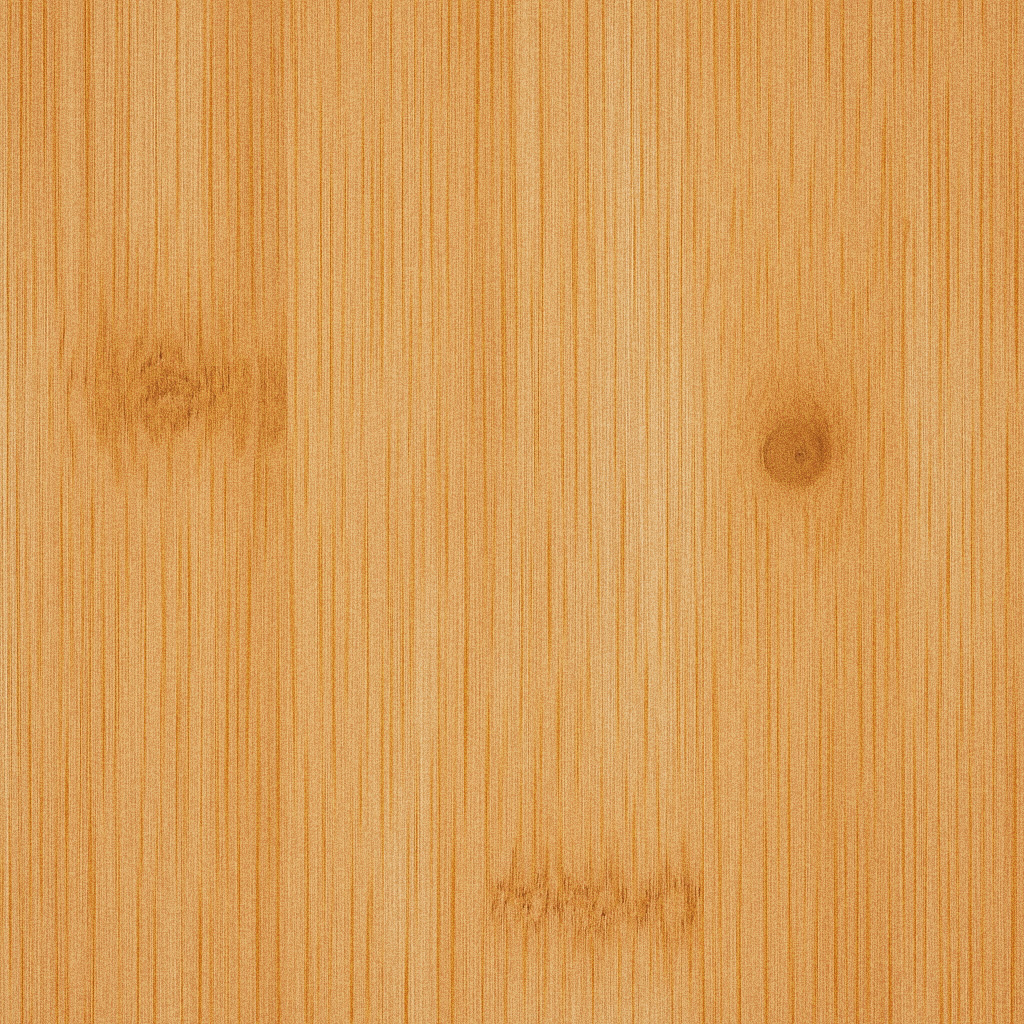
Bamboo
read moreBamboo technically a grass is one of the strongest and most versatile timbers used in ski building. With tensile strengths measured up to 28,000 psi, bamboo has a higher strength-to-weight ratio than many steels. It is naturally elastic, which gives skis a lively snap and rebound. When processed into laminated strips it provides a lightweight backbone, while strand-woven bamboo — compressed and reconstituted under heat and pressure — becomes extremely hard and resistant to compression damage, making it valuable in high-stress areas such as mounting zones or sidewalls. The strandwoven bamboo we are using for the sidewalls has one of the hardest ratings of any lumber on the Janka hardness scale.
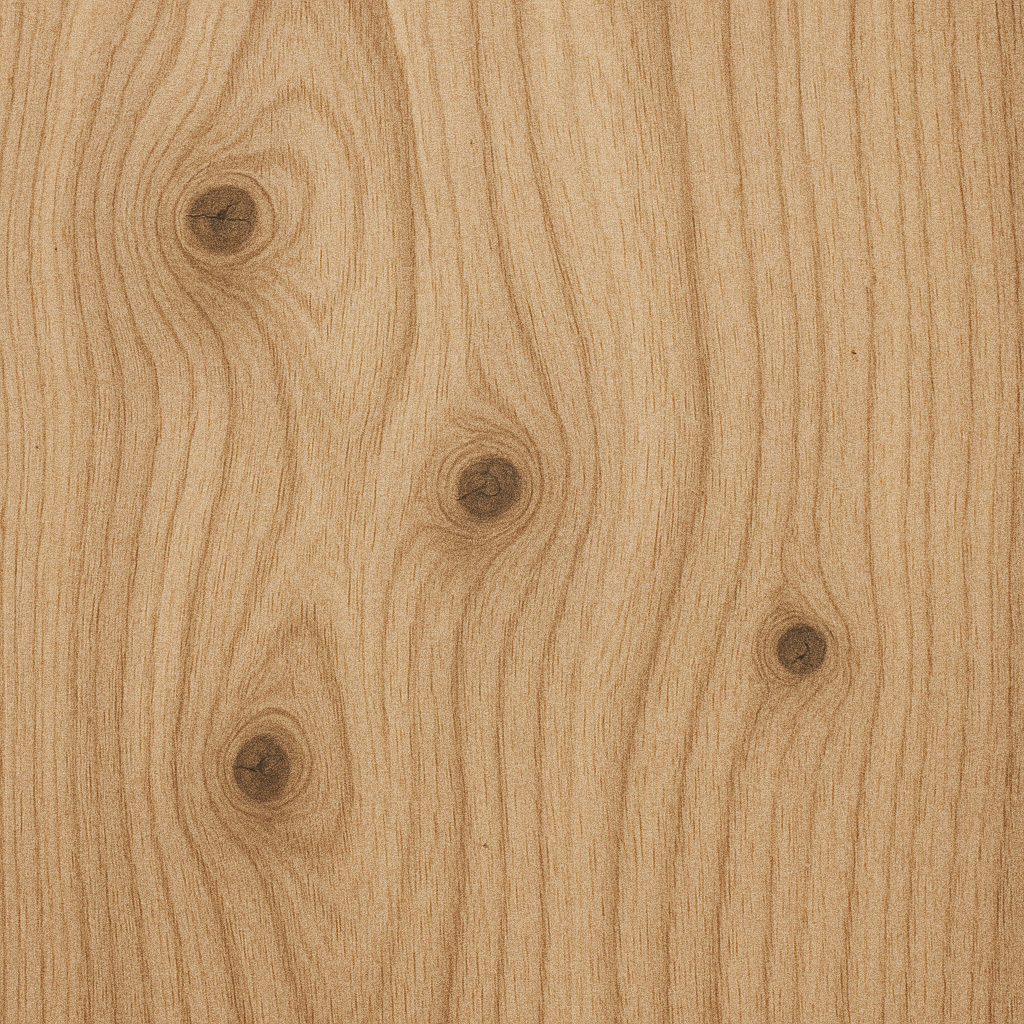
Paulownia
read morePaulownia, by contrast, is prized for being one of the lightest structural woods on earth, with a density of just 270–310 kilograms per cubic metre. This makes it ideal for touring skis, where reducing mass translates directly into efficiency on long ascents. Its strength-to-weight ratio is so favourable that it is often referred to as the “aluminium of woods.” However, its low density also means it is less durable under impact, we pair it with stronger species like bamboo or ash to reinforce its weaknesses. Some really lightweight touring skis that only have paulownia cores can feel a bit lifeless to ski and if they are full carbon as well its not a good time. However using combinations of composite materials and woods we can really fine tune the ride.
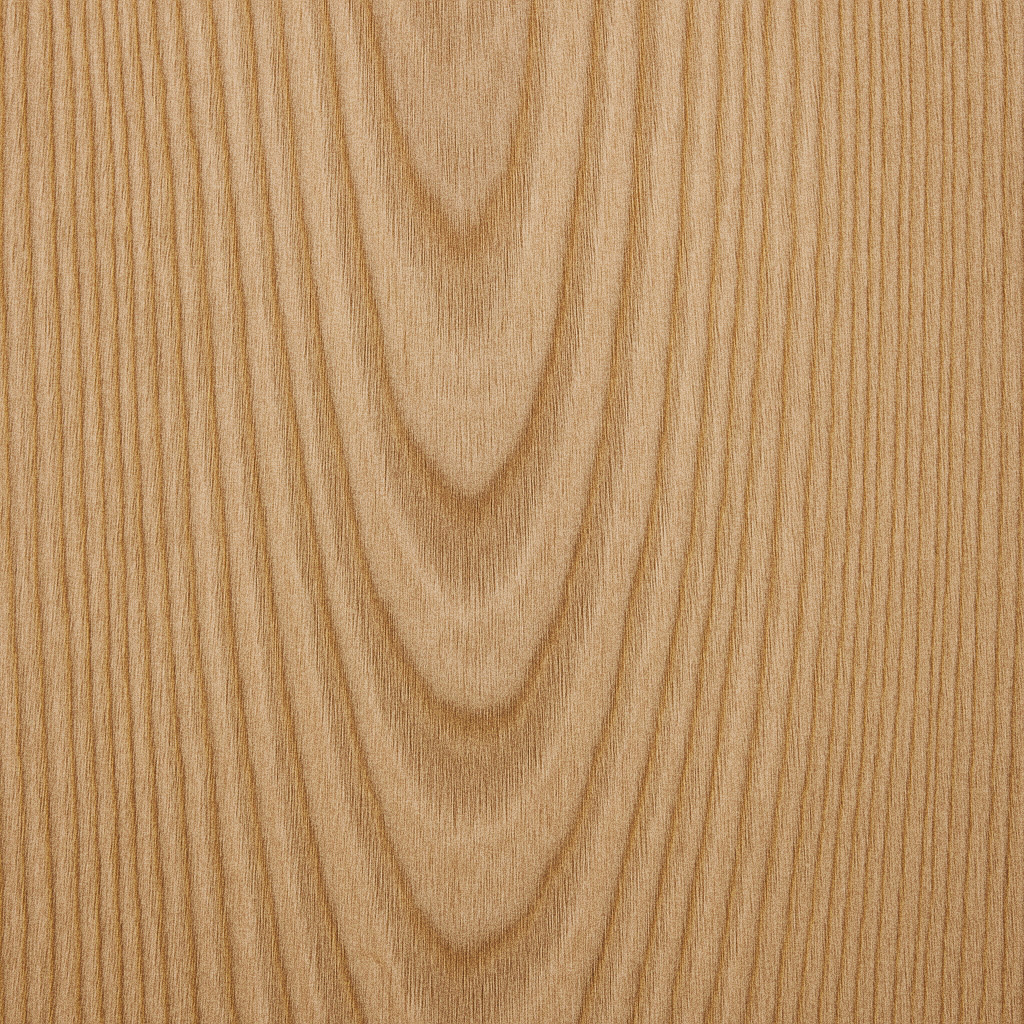
Ash
read moreAsh is almost the opposite of paulownia: dense, tough, and highly shock-resistant, with a density around 650–700 kilograms per cubic metre. Traditionally used in tool handles, axe shafts, and baseball bats, ash brings resilience and impact resistance. In ski construction it is often placed along the edges, where it supports the steel and improves durability against rock strikes, while also adding torsional stiffness for precise edge hold. I like to use it to reinforce the paulownia cores on the larger touring skis and in the snowboards . It makes a lightweight ride that can rip. Two strips of ash running the length of the ski, positioned to catch the binding screws or the threaded inserts for snowboard bindings works beautifully.
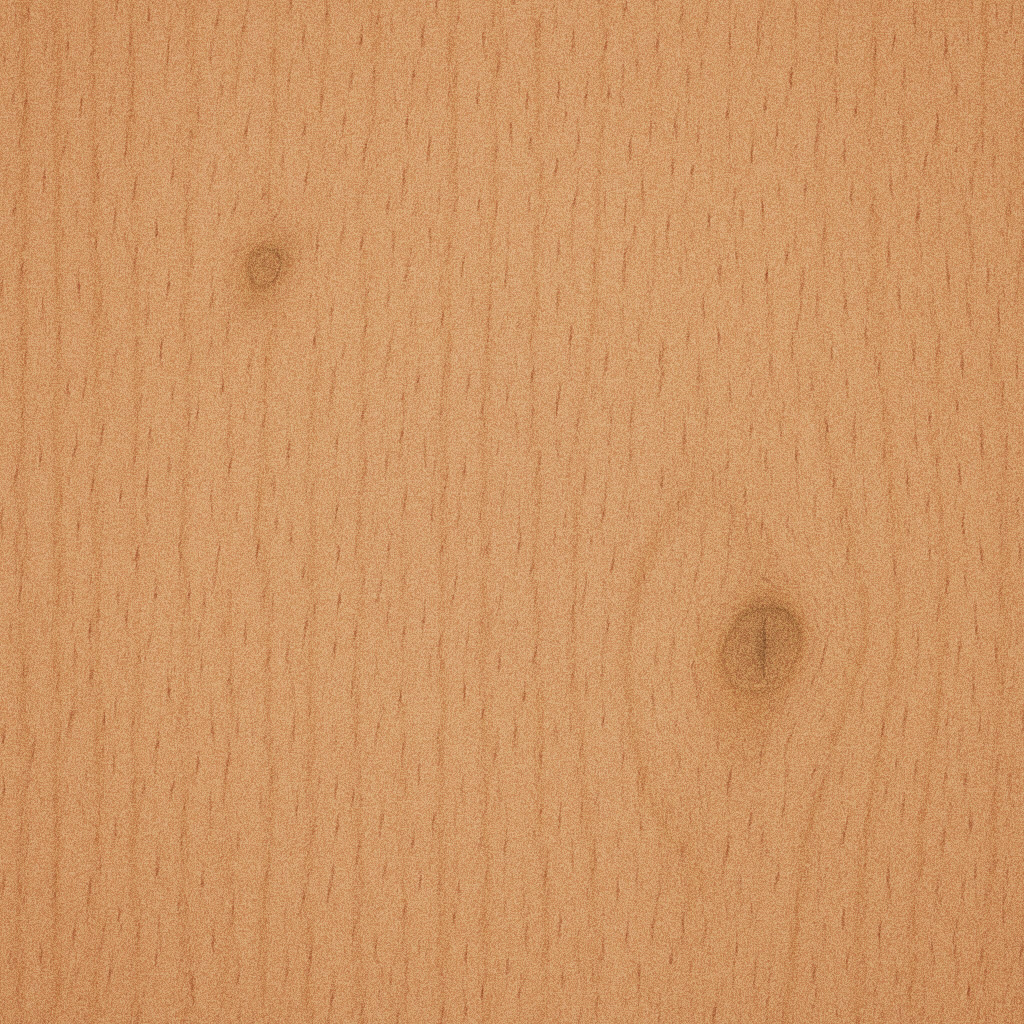
Beech
read moreBeech is even denser, at 700–750 kilograms per cubic metre, and is exceptionally hard and stiff. While its weight can be a drawback if used in large volumes, thin beech laminates add valuable damping. Beech smooths out chatter and makes powerful skis feel more composed at speed, trading lightness for stability. My wife Rhiannon likes it in a snowboard core, no top speed.
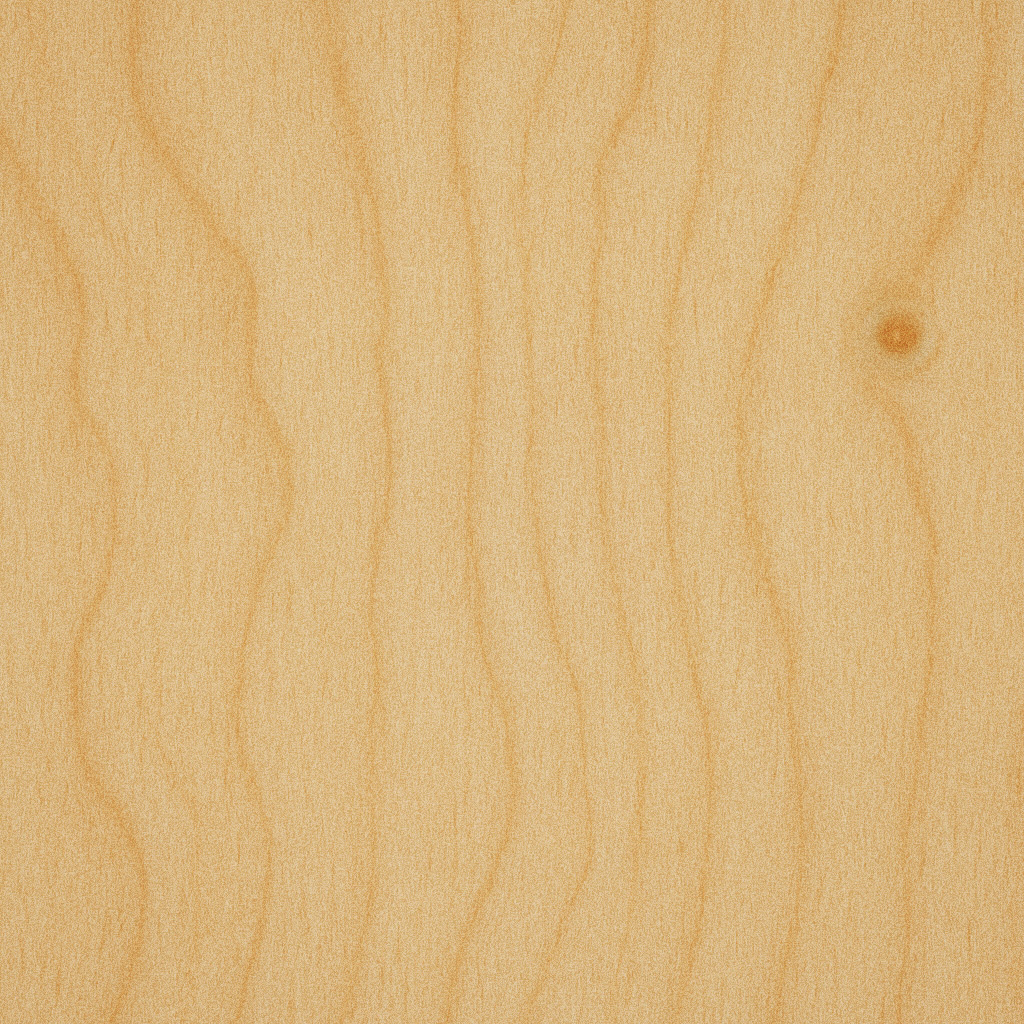
Poplar
read morePoplar, with its moderate density of 400–450 kilograms per cubic metre, is perhaps the most widely used ski core material. It strikes a balance between strength and lightness and is easy to glue and machine. Poplar provides an even flex pattern and reliable rebound, making it a solid foundation. By itself it might feel a little soft, but when combined with bamboo or ash, it forms a balanced, responsive core.
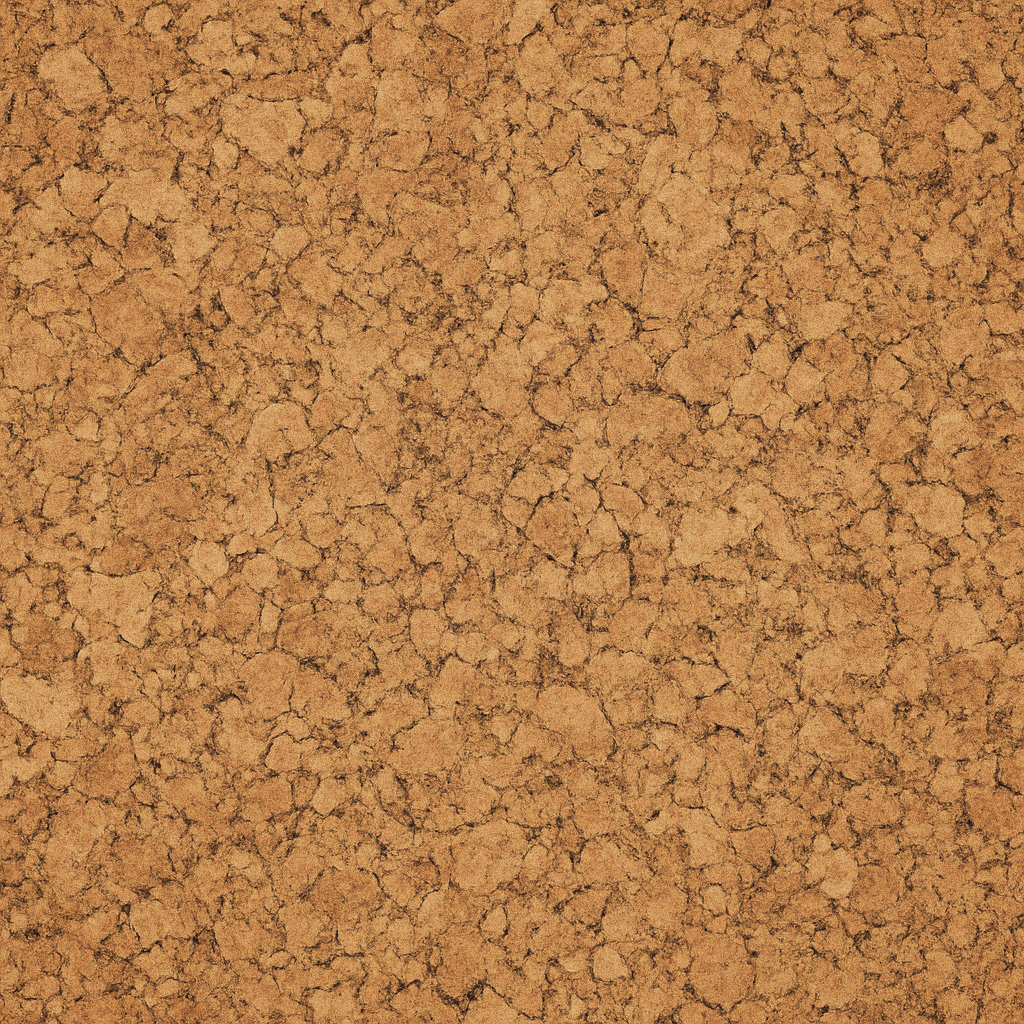
Cork
read moreCork, while not a structural core wood, plays an important role when used in the tip and tail. With a density of only 200–250 kilograms per cubic metre and a cellular structure that is 85–90% air, cork is compressible and extremely effective at absorbing vibration. In skis it reduces chatter, cuts swing weight, and improves stability without adding bulk. Its renewable harvesting — stripping bark from cork oaks without felling the tree — also makes it one of the most environmentally friendly materials in the lineup.
By blending these woods, a ski core can be tuned to achieve contradictory goals: light yet strong, lively yet stable, precise yet forgiving. Poplar and paulownia reduce mass, bamboo injects energy, ash and beech add toughness and damping, and cork smooths the whole ride.
Fibres and Composites
If the core is the engine, fibres are the chassis. They wrap the wood, define stiffness, and control torsional rigidity. The type, orientation, and combination of fibres dictate how a ski behaves under load.
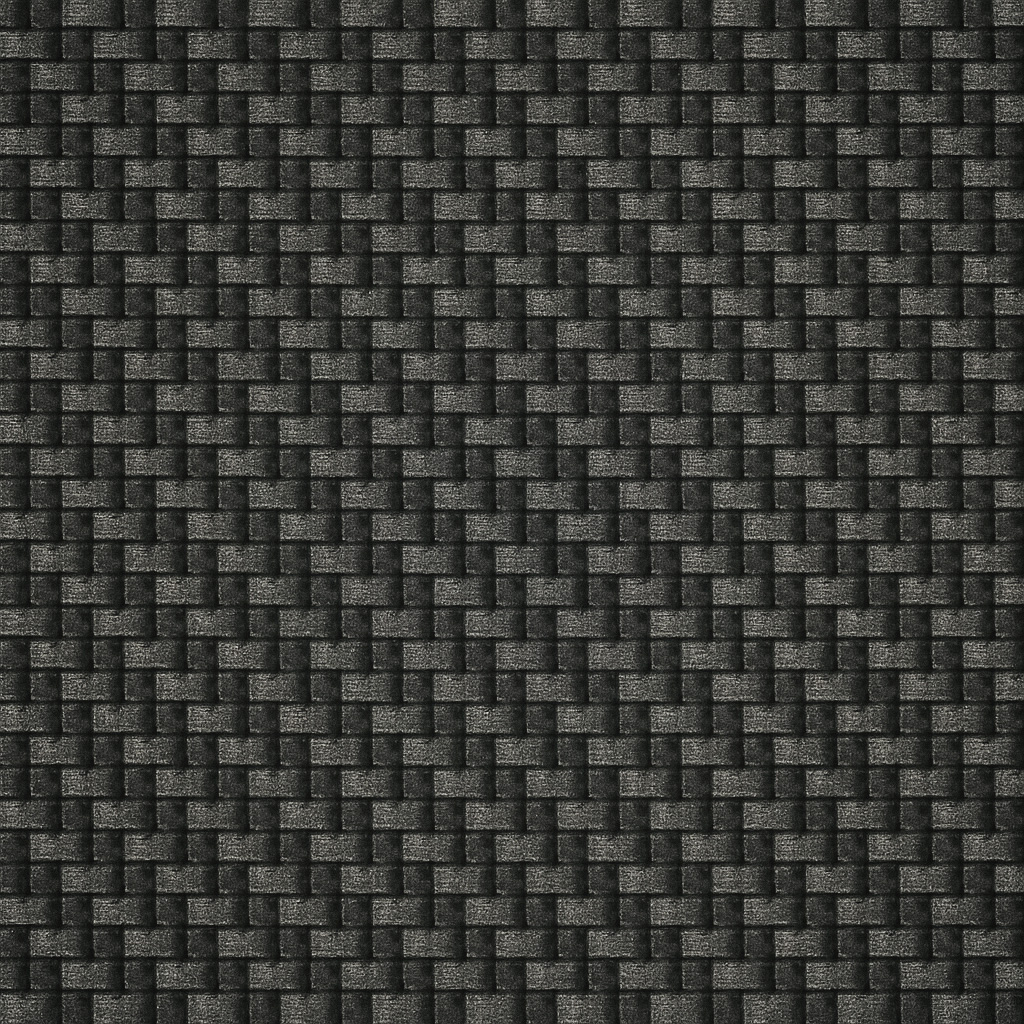
Carbon
read moreCarbon fibre is the most famous of the reinforcements, and for good reason. With tensile strengths up to 4,000 megapascals and a modulus between 200 and 250 gigapascals, it is extraordinarily strong and stiff for its weight. Its density is just 1.6 grams per cubic centimetre, meaning it provides performance at a fraction of the mass of metals. In skis, carbon adds snap, torsional stiffness, and a precise, reactive feel. The trade-off is that it is “pingy”: it transmits vibration very efficiently and, if overused, can make skis feel harsh and fatiguing.
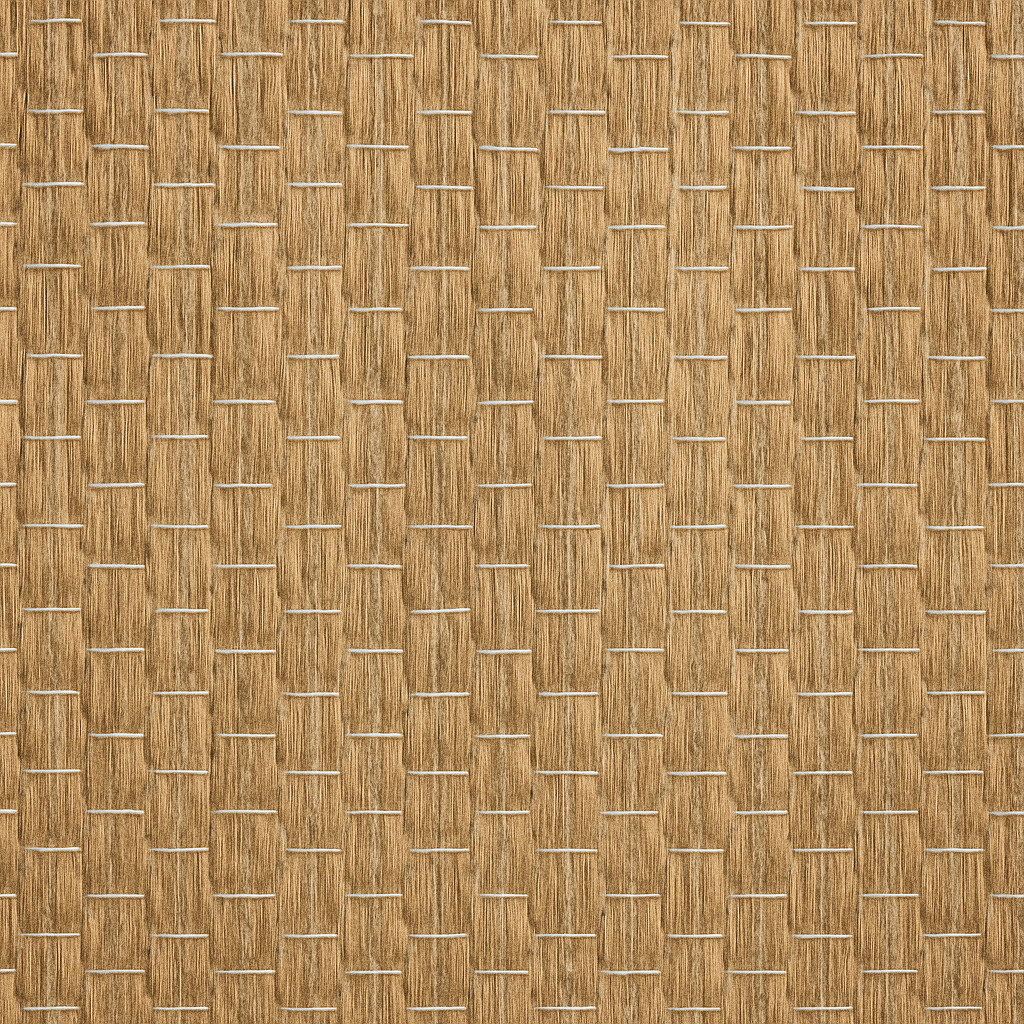
Flax
read moreFlax fibre offers a natural counterbalance. With tensile strengths between 500 and 900 megapascals it is less stiff than carbon but still provides significant reinforcement. Its real advantage lies in damping: studies show flax can absorb up to three times more vibration energy than glass fibre, making it one of the best natural shock absorbers available to ski builders. Its density of around 1.5 grams per cubic centimetre is similar to carbon, but its ride quality is smoother and less brittle.
By combining carbon and flax in hybrid layups, we can achieve the best of both: the snap and torsional control of carbon tempered by the damping and toughness of flax. This synergy allows skis to remain light and responsive without the harsh ride often associated with all-carbon constructions.
Base, Edges, and Sidewalls
The interface with the snow demands materials that are hard, slippery, and durable.
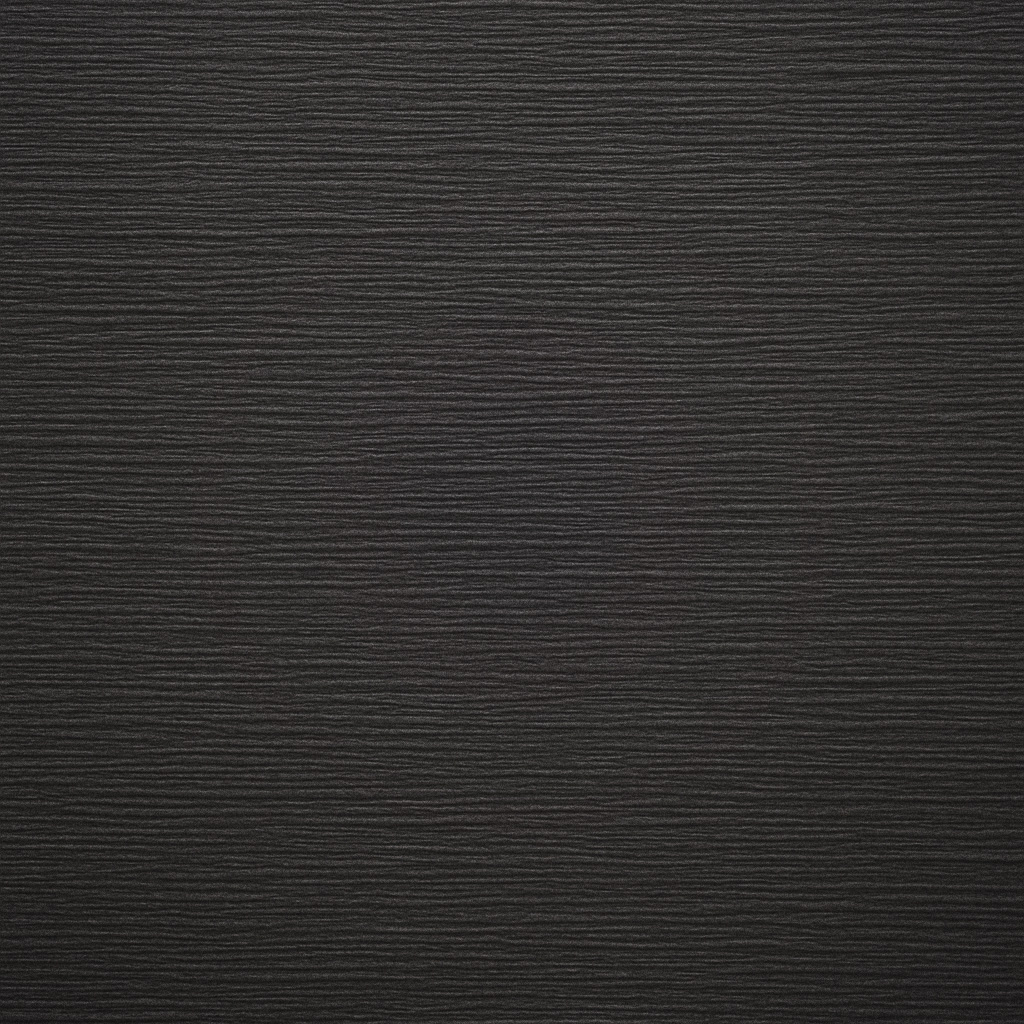
Pytex
read moreUltra-high molecular weight polyethylene, or UHMWPE, is the standard for ski bases, often referred to by the trade name PTEX. Its long molecular chains — ten times longer than conventional polyethylene — make it exceptionally wear-resistant. With a density of 0.93 grams per cubic centimetre and a low coefficient of friction, it glides quickly and absorbs wax deep into its porous structure. Sintered UHMWPE, created by compressing powdered material under heat, offers superior performance to extruded bases because of its micro-porosity. Thicknesses range from 1.2 to 1.8 millimetres depending on the application, and recycled UHMWPE bases are now widely available, maintaining high performance with reduced environmental impact. However at the moment the only colour for the recycled base is black.

Carbon steel
read moreEdges are made of hardened carbon steel, typically heat-treated to a Rockwell hardness of 48 to 52 HRC. This balance makes them hard enough to grip on ice yet not so brittle that they shatter on impact with rocks. Proper beveling and tuning allow them to be customised for carving precision or freeride versatility.
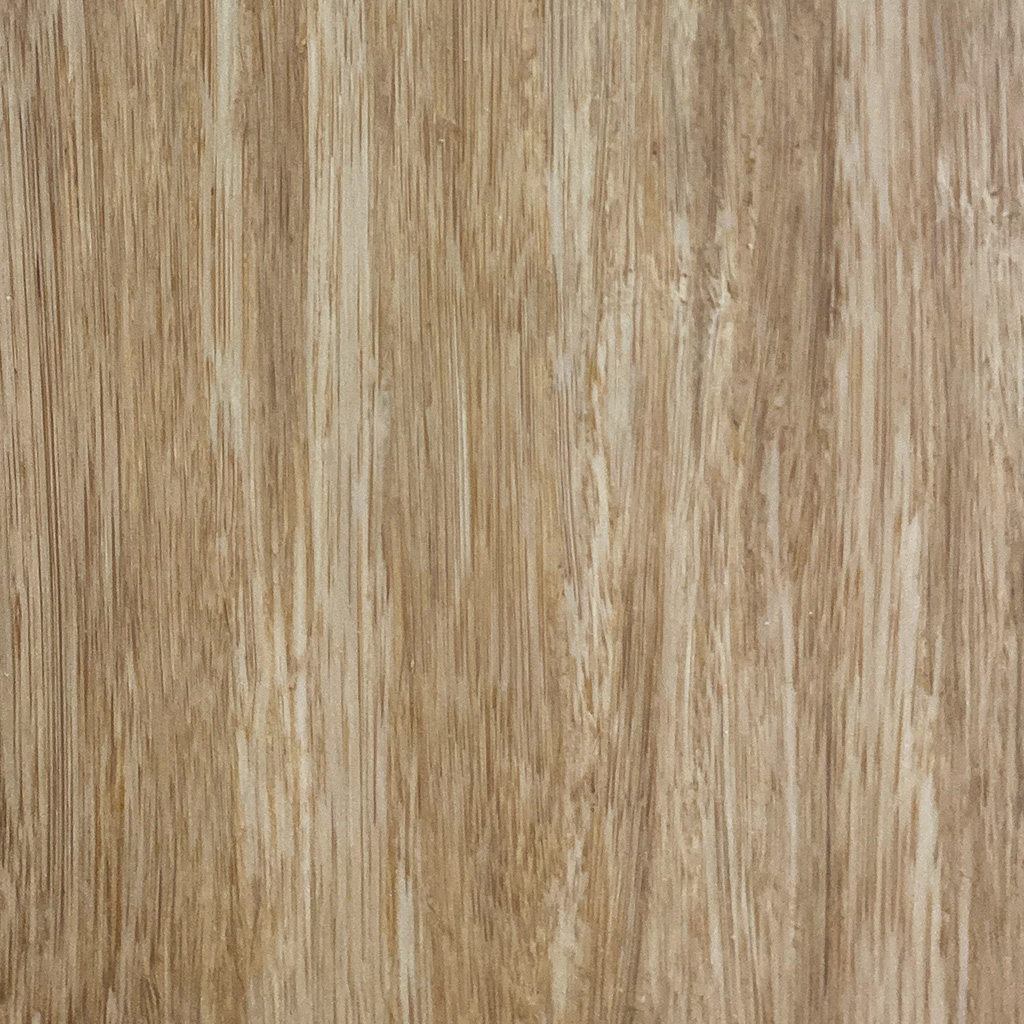
Strandwoven bamboo
read moreSidewalls are critical to protecting the core and transferring power to the snow. UHMWPE again outperforms alternatives like ABS due to its toughness, low water absorption, and impact resistance. It bonds well to resins and endures the repeated flexing and shock of skiing. However it doesn’t really add to the flex of the ski, its kind of inert, acting as a buffer for the core and something the steel edges can hit without being destroyed. They are shedding microplastics the whole time, and the waste in production hurts my heart a little bit. Only used when strictly necessary. I really prefer the strandwoven bamboo option, it is the hardest natural material i have been able to find, it gives the ski a lovely pop and the energy between carves is just pure joy.

Rubber
read moreBetween steel, composites, and wood, there are always interfaces where stresses concentrate. Thin rubber sheets called VDS (vibration damping strips) are placed at these junctions. Typically just 0.2–0.5 millimetres thick, they absorb vibration, relieve shear stress, and dramatically reduce the risk of delamination.
Topsheets and Finishes
The topsheet is both protection and aesthetic statement. Many manufacturers use plastics like nylon or polycarbonate, but we prefer wood veneer, which offers natural beauty along with structural benefits. Hardwoods such as cherry, oak, walnut, chestnut, spalted beech, and tamo ash provide scratch resistance and additional stiffness.
